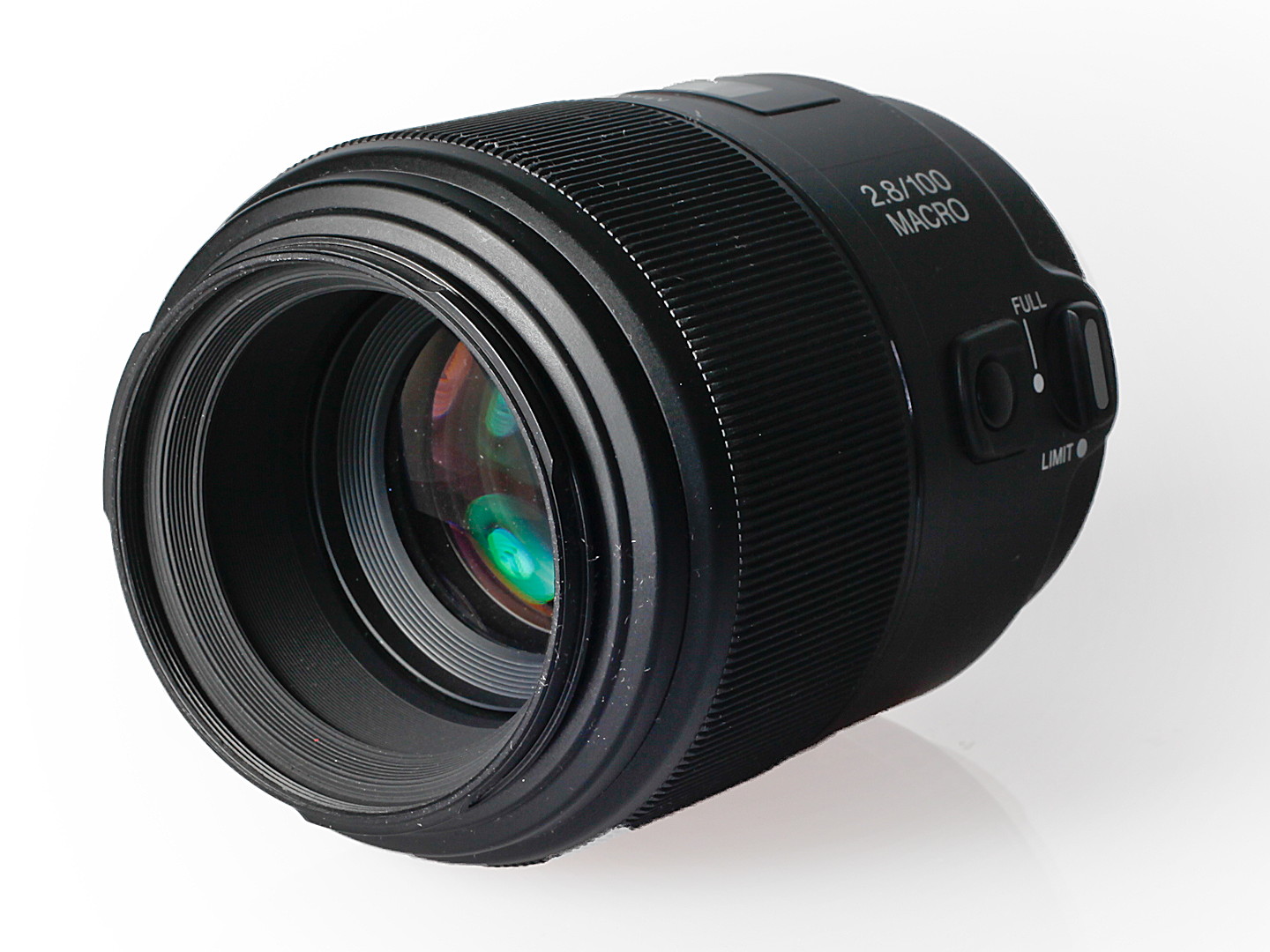Why you can trust TechRadar

The lens doesn't have its own motor, and its focusing system is driven by the camera on which it's mounted. It's a little behind those of other macro lenses, such as the Canon EF 100 f/2.8 USM Macro, Nikon AF-S VR Micro-Nikkor 105mm f/2.8G IF-ED and Sigma 105mm f/2.8 EX DG OS HSM, that all use piezo-electronic based focusing.
Instead, the lens moves with a constant whirring, and with the focus limiter deactivated it can take a while for the lens to travel between its two extremes. Once focus is confirmed, though, the lens manages to do this without hesitation.
The lack of internal focusing also means that once the lens is extended to its 1:1 reproduction ratio, it becomes unbalanced against an APS-C body, although at such close focusing distances it's more likely that a tripod would be used anyway, rendering this largely a non-issue.
The Sony 100mm f/2.8 Macro's wide open performance is decidedly lacklustre when compared to results obtainable further down the aperture range. At f/8 the lens records very good sharpness, and manages to keep this remarkably consistent throughout the frame, while at f/16 it consistently wanes a little but sharpness is still good.
Although it doesn't produce noticeable distortion, lab testing shows it to be behind comparable macro lenses, while control over chromatic aberrations varies between average in the centre of the frame to poor at the edges.
Those using the lens specifically to record architectural details or for any technical work should take these issues into consideration.
Verdict
Overall then, the Sony 100mm f/2.8 Macro is something of a mixed bag. Its design keeps convenient operation in mind, and as long as the extremes of its aperture range are avoided, it can turn in some impressive results.
Sign up for breaking news, reviews, opinion, top tech deals, and more.
But it's a little expensive when its failings are considered. Considering the performance of the much cheaper and Alpha-compatible Tamron SP AF 90mm F/2.8 Di optic, it's hard to see how the Sony justifies this lens' price.
